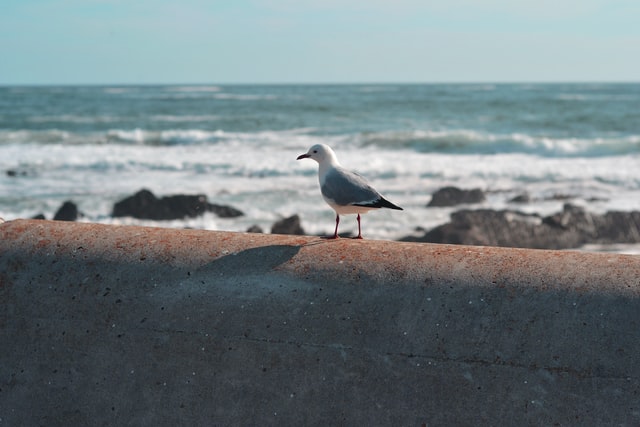The Afrotropical region, which encompasses the continent south of the Sahara and the southwestern portion of Arabia, and the Madagascan region are both parts of the zoographic area known as the Paleotropical realm. The continent also comprises the southern half of the Palaearctic (Old World) area of the Holarctic realm (i.e., the Northern Hemisphere’s lands), which encompasses northern and North Africa south to the Tropic of Cancer -Africa’s WildLife.
Together with the people of Africa, the African Animals Foundation (AWF) works to ensure that Africa’s wildlife and natural areas are preserved in perpetuity.
AWF has been a significant actor in African conservation and sustainable development for more than 50 years. The group has identified huge conservation areas that are critical to Africa’s wildlife survival. AWF uses an integrated approach to conservation in these settings. Including land use planning, education, and capacity building, conservation enterprise development to enhance livelihoods, and applied research.
Data priorities as a Global Partnership for Sustainable Development partner
The African Wildlife Foundation (AWF)dedicated to leveraging and advocating for the integration and use of data on Africa’s wildlife and wildlands in research and policy-making. Africa’s development is dependent on its wildlands and natural resources, and critical natural habitats cannot exist without wildlife species. Those are elephants, great apes, and carnivores, as keystone species such as elephants, great apes. Carnivores modify and sustain these systems.
AWF has been striving to gather data on Africa’s wildlife and wildlands. The goal of sharing it broadly with Africa’s leaders and advocating for its inclusion in national and regional development plans.
AWF pledges to create a network of African Influencers to advocate for the integration of conservation knowledge into policy. As the oldest and biggest conservation organization focused entirely on Africa, and uniquely positioned to Africa’s Conservation Stewards. The African Wildlife Foundation (AWF) has already reached out to African influencers in more than 30 countries across the continent. And our formal recommendation to prioritize wildlife and wildland conservation in Africa’s development agenda. It included in the African Union’s (AU) final Vision 2063 document. We will continue to strengthen our relationships with the African Union. And with the different regional economic groups and African heads of state in Sub-Saharan Africa.
Mammals
The African antelope, which divides into four subfamilies of the ox family, are the most common herbivores (Bovidae). The oxlike Bovinae subfamily further split into African buffalo and twist-horned antelope, which includes the eland (the biggest of all antelope), kudu, nyala, and bushbuck. This same duiker, the small primordial bovid which lives throughout thickets, shrub, as well as woodlands, is indeed the second sub-family.
Africa’s Birds
The birdlife south of the Sahara includes nearly 1,500 resident species. Plus another 275 species are either resident in northwestern Africa or are Palaearctic winter migrants. The migrants once numbered in the billions, but their numbers drastically reduced due to severe droughts, human land use, and predation.
Amphibians and reptiles
Reptiles, of which there are only a few endemic families, are mostly from the Old World. The agamid family of lizards, skinks (a species of lizards with smooth overlapping scales), crocodiles, and tortoises are the most likely to be encountered. Girdle-tailed and plated lizards are two endemic reptiles.



